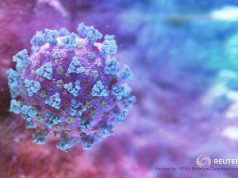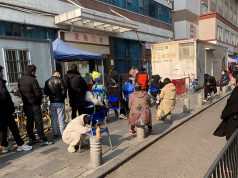
SEOUL — South Korea is drawing up a plan on how to live more normally with COVID-19, expecting 80% of adults to be fully vaccinated by late October, health authorities said on Wednesday.
The country is in the middle of its worst wave of infections, but it has kept the number of severely ill cases under control through steadily rising vaccination rates.
“We’ll review measures that will allow us to live more normally, but any such switch will be implemented only when we achieve high vaccination rates and overall (COVID-19) situations stabilize,” Son Young-rae, a senior health ministry official, told a briefing.
The strategy will be implemented in phases to gradually ease restrictions, authorities said. Masks will still be required at least in the initial stage.
The government expects to implement the plan sometime after late October, when 80% of its adult population likely will have been vaccinated. As of Tuesday, South Korea had given at least one vaccine dose to 70.9% of its adult population, while 42.6% are fully vaccinated.
It reported 2,050 new COVID-19 cases for Tuesday, with 2,014 of those locally acquired.
South Korea extended national social distancing curbs to Oct. 3 this week as the country boosts its vaccination campaign ahead of a thanksgiving holiday that falls later this month.
Restrictions in place include limited operating hours for cafes and restaurants and on the number of people allowed at social gatherings.
South Korea has registered 265,423 infections since the pandemic started, with 2,334 deaths.
The country has not seen a significant increase in coronavirus deaths, with a mortality rate of 0.88%, largely due to high vaccination rates among the elderly and vulnerable.
Severe or critical cases stood at 387 as of Tuesday. —Reporting by Sangmi Cha; Editing by Miyoung Kim and Tom Hogue









